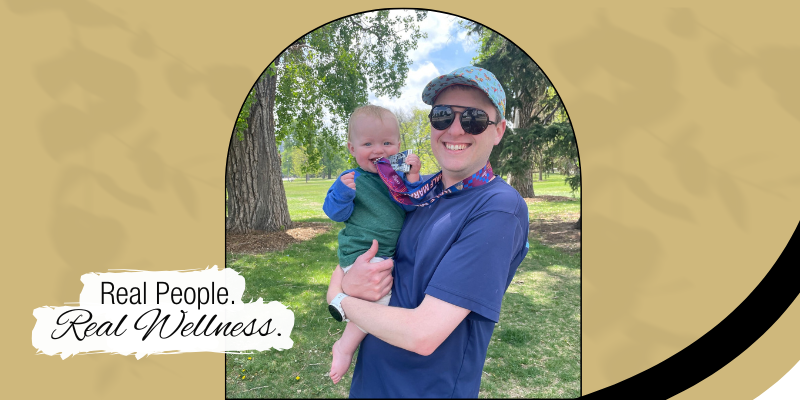Why Welcome Stress?
We all have our ways (healthy or otherwise) to “de-stress” - to soothe and untangle ourselves from the daily pressures of our lives.
What would happen if, instead of trying to get rid of our stress, we laid out a welcome mat when it comes to visit? This idea may sound overwhelming and uncomfortable, but with a few tools, we can learn to approach rather than avoid our stress.
Why Do We Have Stress in the First Place?
The stress response is our body’s natural response to danger in the environment – often referred to as “fight, flight, or freeze.” The trouble is that our brains and bodies don’t differentiate between physical danger and psychological danger, and we are presented with many psychological threats throughout our day (think about traffic, getting to work or school on time, meeting deadlines, etc.) Usually, we feel the stress response because something is important to us. We value our relationships, want to meet our responsibilities, want to do well in our work, and have meaningful days. If stress appears when things are important, what other feelings might be underneath the stress?
What’s Under the Surface?
Stress is like an iceberg - yes, seemingly huge and immovable – and we usually only see the top. What lies beneath the surface are the big feelings and thoughts we don’t often examine.
3 Steps to Welcoming Stress
The stress response is a natural chain of reactions that occurs in everybody – and something that we can’t necessarily control. We can, however, control how we respond to the reactions – we can get swept away with them, or we can try these 3 steps to help us respond more effectively when stress comes our way:
-
Notice and describe physical sensations (heart racing, muscle tension, breathing faster, head or stomach tightness, thoughts racing, etc.)
-
Acknowledge something must be important and soothe the physical sensations.
a. Try the 3x2x1 method – describe 3 things you see, 2 things you hear, 1 thing you feel.
i. Stepping outside can make this easier - “I see puffy clouds, brown leaves, a blue car; I hear people talking, a dog barking; I feel the warm sunshine on my skin.”
-
Get curious about the bigger feelings – fear, worry, sadness, anger – and name them to tame them. “I feel angry in this moment, anger is here to visit.”
a. Validate how you feel, and then get curious about the thoughts you are having (often we tell ourselves “I shouldn’t be angry” or “This is never going to get better.”) Those “mind traps” can make our stress bigger – try accepting the feeling and evaluating how true that thought really is.
More resources about approaching stress:
- Kelly McGonigal PhD – TED Talk - “How to Make Stress Your Friend”
- Elisha Goldstein, PhD - Quick Stress Relief (YouTube channel)
- Rick Hanson, PhD – Taking in the Good

.png)


